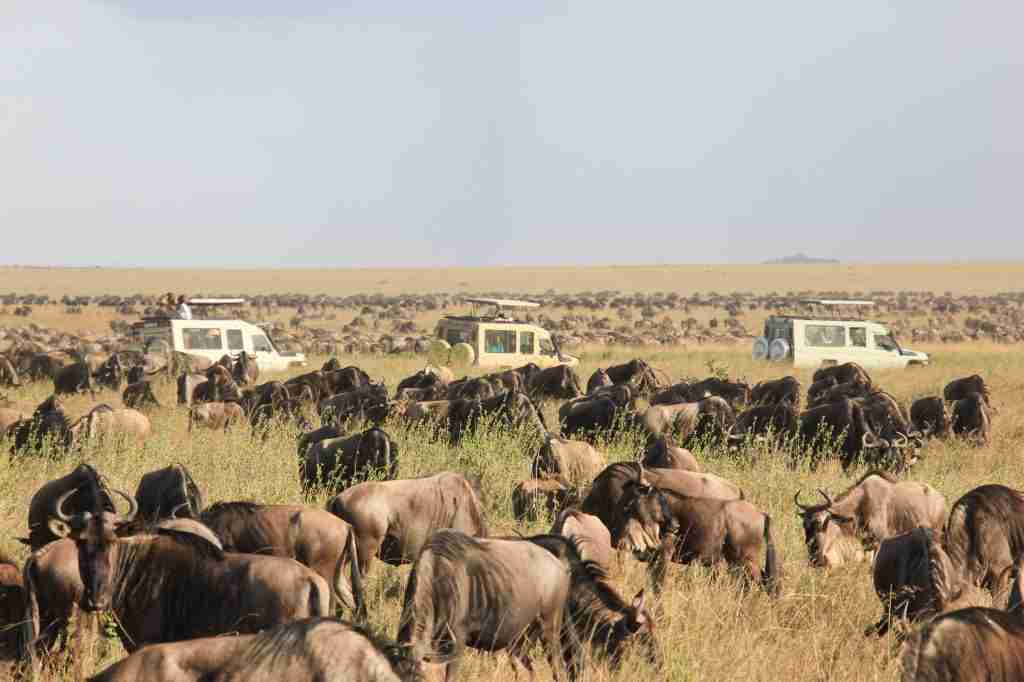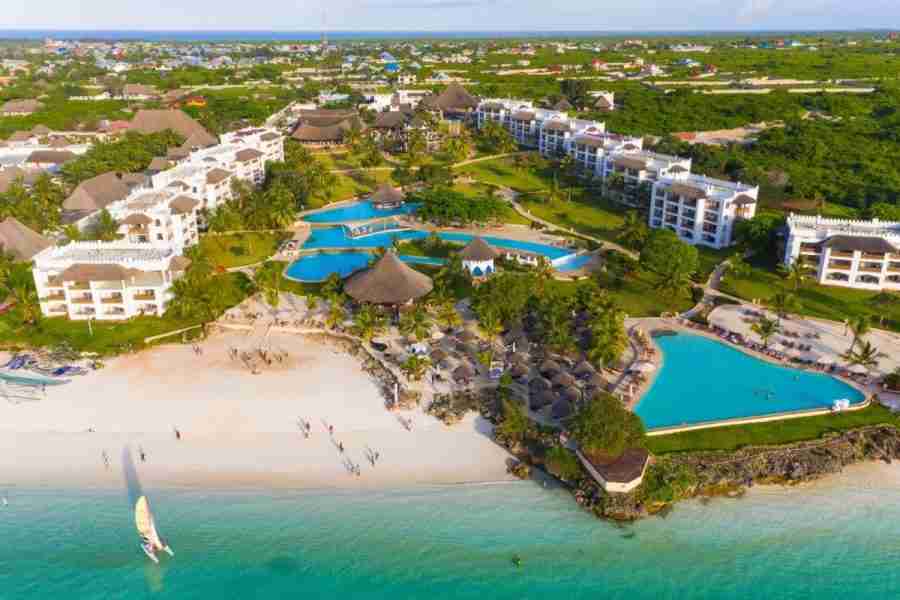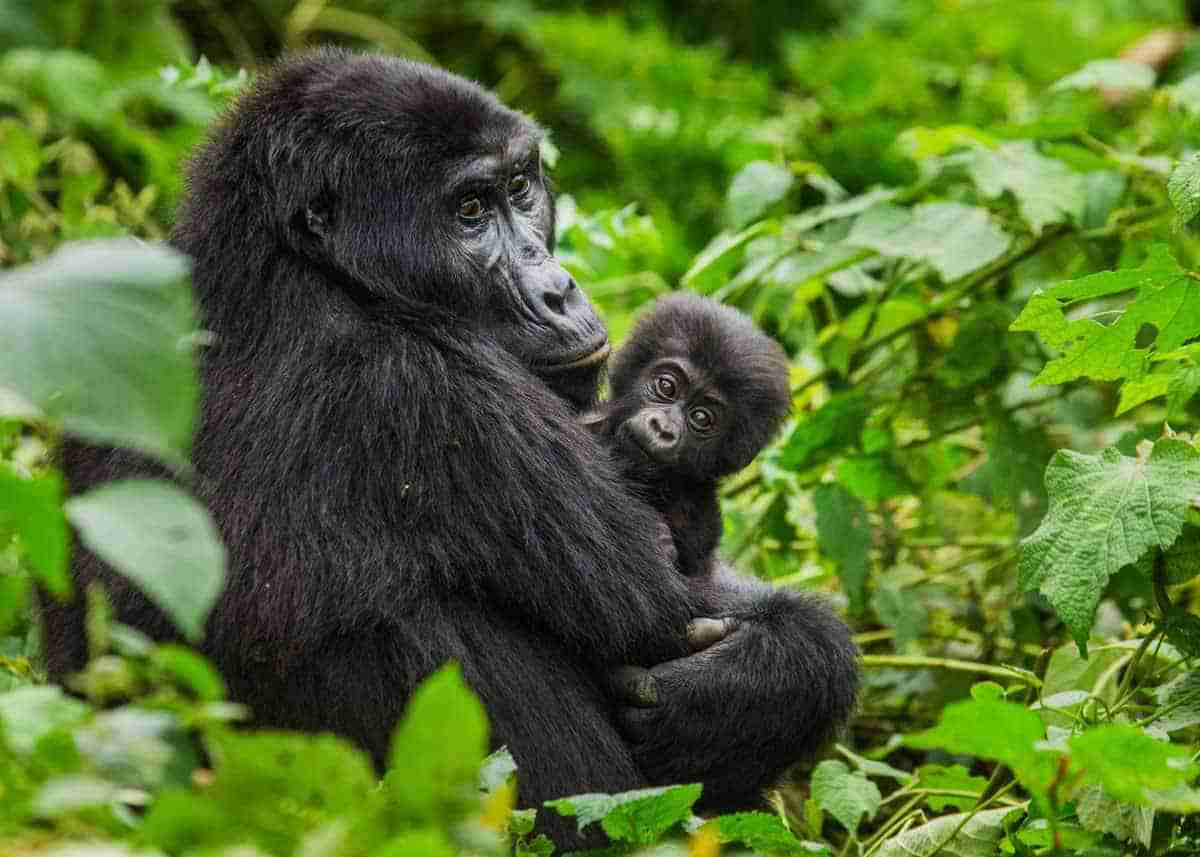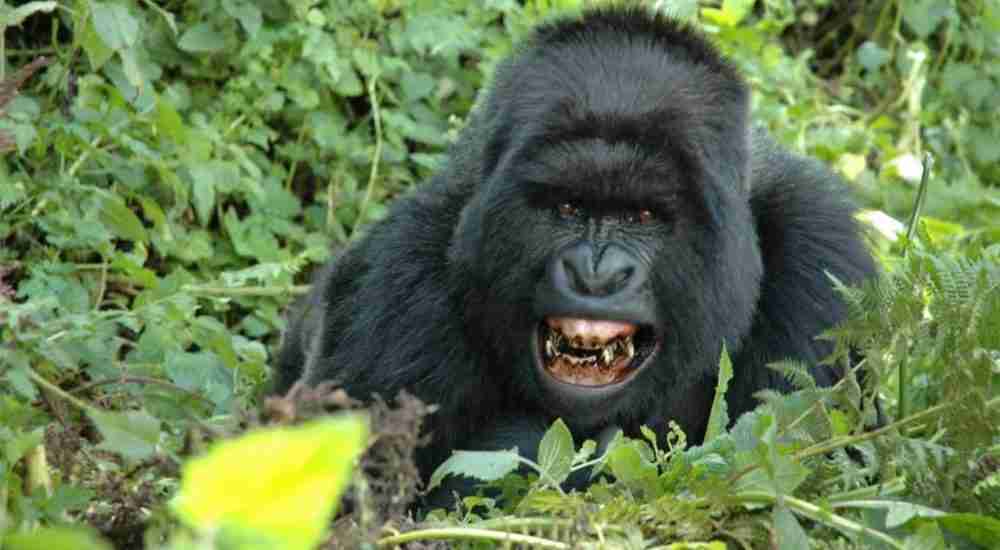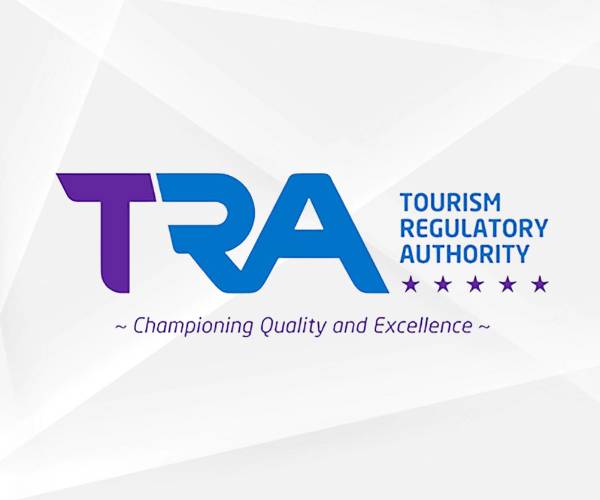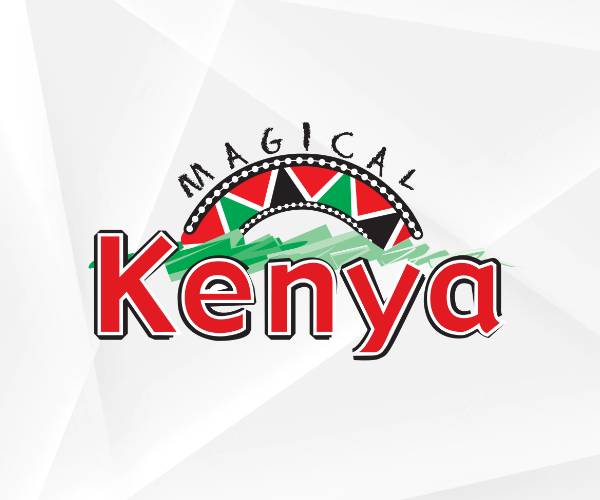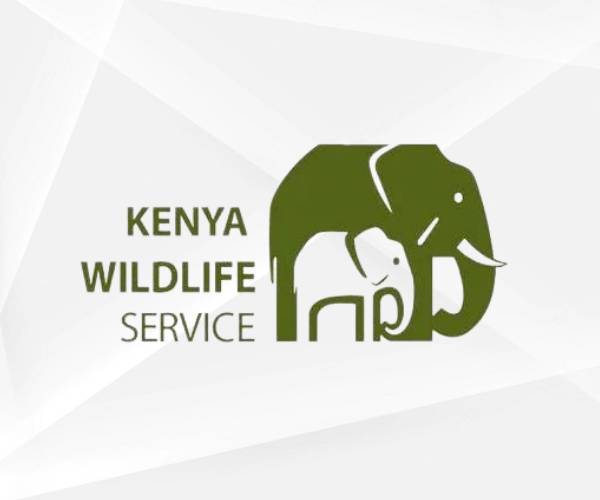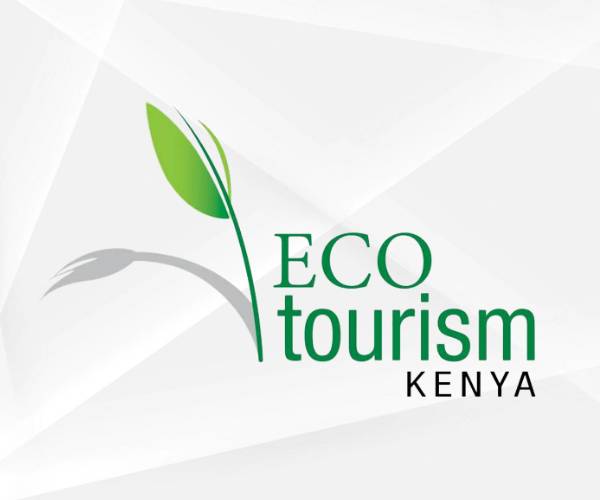Private wildlife conservancies in Kenya are privately or communally owned lands dedicated to wildlife conservation alongside other compatible land uses. They play a crucial role in Kenya’s conservation landscape, complementing national parks and reserves by expanding the area available for wildlife and promoting sustainable land management practices.
Private wildlife conservancies are a dynamic and evolving model for conservation in Kenya. They offer a promising approach to protecting biodiversity while also supporting the livelihoods and well-being of local communities who live alongside wildlife. Their continued success will depend on addressing the challenges they face and ensuring that they deliver tangible benefits to both wildlife and people.
Key Aspects of Private Wildlife Conservancies in Kenya:
Definition: A wildlife conservancy is an area of land managed for wildlife conservation and other compatible land uses by individual landowners, corporations, groups of owners, or communities.
Importance of Private Wildlife Conservancies in Kenya:
- Expanding Conservation Space: Conservancies increase the total land under conservation, crucial as a significant portion of Kenya’s wildlife resides outside national parks. They often provide vital corridors and dispersal areas for wildlife.
- Community Involvement: They empower local communities by involving them in decision-making, management, and benefit-sharing from wildlife conservation, fostering a sense of ownership and responsibility.
- Economic Benefits: Conservancies generate income for landowners and communities through tourism, lease fees, employment as rangers and in tourism facilities, and other conservation-related enterprises, providing an alternative to traditional land uses like agriculture or livestock herding.
- Wildlife Protection: They contribute to increased wildlife populations and biodiversity by providing secure habitats, implementing anti-poaching measures, and managing human-wildlife conflict. In some areas, conservancies have led to significant increases in endangered species populations.
- Sustainable Land Management: Conservancies often promote sustainable grazing practices and other land management techniques that benefit both wildlife and livestock, ensuring the long-term health of the ecosystem.
- Tourism Diversification: They offer unique and often exclusive tourism experiences, such as off-road game drives, guided nature walks, and night drives, which are not always permitted in national parks, thus enhancing Kenya’s tourism product.
Types of Private Wildlife Conservancies in Kenya:
- Individual/Corporate Conservancies: Established on land owned by a single individual or a company.
- Community Conservancies: Formed on jointly owned community land, with community members as the primary decision-makers and beneficiaries.
- Group Conservancies: Involve multiple landowners pooling their land for conservation purposes.Co-managed Conservancies: Established through agreements between communities or private entities and government bodies.
Geographic Distribution of Private Wildlife Conservancies in Kenya:
Private conservancies are found across Kenya, with significant concentrations in areas bordering national parks and other key wildlife areas, such as:
- Maasai Mara: Numerous conservancies border the Maasai Mara National Reserve, playing a vital role in the Greater Mara Ecosystem and the wildebeest migration.
- Laikipia: This region in northern Kenya is a stronghold for private conservancies, known for their innovative conservation models and diverse wildlife, including endangered species like rhinos and Grevy’s zebras.
- Amboseli: Conservancies in this area help protect wildlife dispersal areas outside Amboseli National Park.
- Tsavo/Taita Taveta: Several private and community conservancies exist in the vicinity of Tsavo East National Park and Tsavo West National Park.
- Great Rift Valley Lakes: Conservancies around lakes like Naivasha and Elementaita contribute to biodiversity conservation in this region.
Benefits of Private Wildlife Conservancies in Kenya:
- Significant income generation for landowners and local communities through lease payments, employment, and tourism activities.
- Creation of job opportunities in remote rural areas, reducing reliance on traditional livelihoods.
- Support for community development projects such as schools, healthcare facilities, and water infrastructure.
- Enhanced security for both wildlife and communities through conservancy rangers.
- Increased wildlife populations and the protection of endangered species.
- Improved land and resource management practices.
- More exclusive and personalized tourism experiences.
Challenges facing Private Wildlife Conservancies in Kenya:
- Financial Sustainability: Securing long-term funding for operational costs, infrastructure development, and community benefits can be challenging.
- Ensuring Equitable Benefit Sharing: Distributing benefits fairly among landowners and community members is crucial to maintain support and avoid conflicts.
- Human-Wildlife Conflict: Managing conflicts between wildlife and human activities (e.g., livestock predation, crop raiding) remains a significant challenge.
- Land Ownership Issues: Complex land tenure systems and historical inequities in land ownership can create challenges in establishing and managing conservancies.
- Coordination and Governance: Effective governance structures and coordination among different stakeholders (landowners, communities, tourism operators, conservation organizations) are essential for success.
- External Threats: Climate change impacts, infrastructure development, and competition for natural resources can pose threats to conservancies.
- Disillusionment within Communities: Lack of transparency in revenue sharing or a perception that benefits are not reaching the intended recipients can lead to mistrust and undermine community support.
- Political Support and Policy Environment: While the Wildlife Act of 2013 recognizes conservancies, consistent and effective implementation of supporting policies is crucial.
Top 75 Best Private Wildlife Conservancies in Kenya:
- Ol Pejeta Conservancy Kenya Safari tours & hotels
- Lewa Wildlife Conservancy
- Lemek Conservancy Masai Mara Kenya
- Lumo Community Wildlife Conservancy
- Mara Naboisho Conservancy Masai Mara Kenya
- Mara North Conservancy Masai Mara
- Mara Siana Conservamcy
- Namunyak Community Conservancy Samburu Kenya
- Ngare Ndare Forest Trust Mount Kenya
- Ngutuni Wildlife Conservancy
- Ol Jogi Conservancy Kenya
- Loisaba Conservancy
- Loldia Conservancy Lake Naivasha Kenya
- Maasai Wilderness Conservation Trust
- Malkhalaku Conservancy
- Ol kinyei conservancy Masai Mara
- Ol-Lentile Conservancy Laikipia Kenya
- Olare Motorogi conservancy Masai Mara Kenya
- Olare Orok conservancy Masai Mara
- Olarro Conservancy Masai Mara
- Olchorro Oiroua Conservancy Masai Mara
- Olderkesi Community Wildlife Conservancy Masai Mara
- Oldonyiro Community Conservancy Isiolo Kenya
- Oloisukut Conservancy Masai Mara
- Oserengoni Wildlife Conservancy Lake Nairvasha Kenya
- Tawi-Kilitome Conservancy Amboseli National Park
- The Sidai Oleng Wildlife Sanctuary (Kimana Sanctuary) Amboseli Kenya
- Borana Wildlife Conservancy in Kenya
- Crater Lake Game Sanctuary Lake Naivasha Kenya
- Crescent island game sanctuary Naivasha
- Elerai Conservancy Amboseli National Park
- Enonkishu Conservancy Masai Mara Kenya
- Hippo-point Naivasha Conservancy
- Il Ngwesi Community Conservancy Laikipia Kenya
- Kalama Community Wildlife Conservancy Samburu Kenya
- Kigio Wildlife Conservancy Gilgil Kenya
- Kitale Nature Conservancy
- Kitirua Community Conservancy Amboseli Kenya
- Taita Hills Wildlife Sanctuary, Salt Lick Safari Lodge & Taita Hills Safari resort & Spa
- Sanctuary Farm in Naivasha Kenya
- Soysambu Conservancy in Kenya
- Sangare Ranch
- Sera Community Conservancy Samburu Kenya
- Westgate Community Conservancy (WGCC) Samburu Kenya
- Mukutan Conservancy Laikipia Kenya
- Mundui Estate Conservancy Lake Naivasha Kenya
- Mwaluganje Elephant Sanctuary
- Awer Community Conservancy
- Biliqo-Bulesa Community Conservancy Isiolo Kenya
- Galana Wildlife Conservancy
- Hanshak Nyongoro Conservancy Lamu Kenya
- Irong Community Conservancy Baringo Kenya
- Ishaqbini Hirola Community Conservancy Garissa Kenya
- Jaldesa Community Conservancy Marsabit Kenya
- Kabarion Conservancy
- Kiunga Marine Community Conservancy Lamu Kenya
- Lekurruki Conservancy Laikipia Kenya
- Lower Tana Delta Conservation Trust
- Ltungai Community Conservancy Samburu Kenya
- Masol Community Conservancy West Pokot Kenya
- Maungu Ranching Company Ltd
- Meibae Community Conservancy Samburu Kenya
- Melako Community Conservancy Marsabit Kenya
- Naibunga Conservancy Laikipia Kenya
- Nakuprat-Gotu Community Conservancy Isiolo Kenya
- Nashulai Maasai Conservancy Masai Mara
- Nasuulu Community Conservancy Isiolo Kenya
- Ndera Community Conservancy Tana River Kenya
- Ng’enyin Community Conservation Area Lake Baringo Kenya
- Leparua Community Conservancy Isiolo Kenya
- Pardamat Conservation Area Masai Mara
- Ruko Community Wildlife Conservancy Baringo Kenya
- Shurr Community Conservancy Marsabit Kenya
- Songa Community Conservancy Marsabit Kenya
- Taita Ranch
- Wangala Ranch Taita Taveta Kenya


